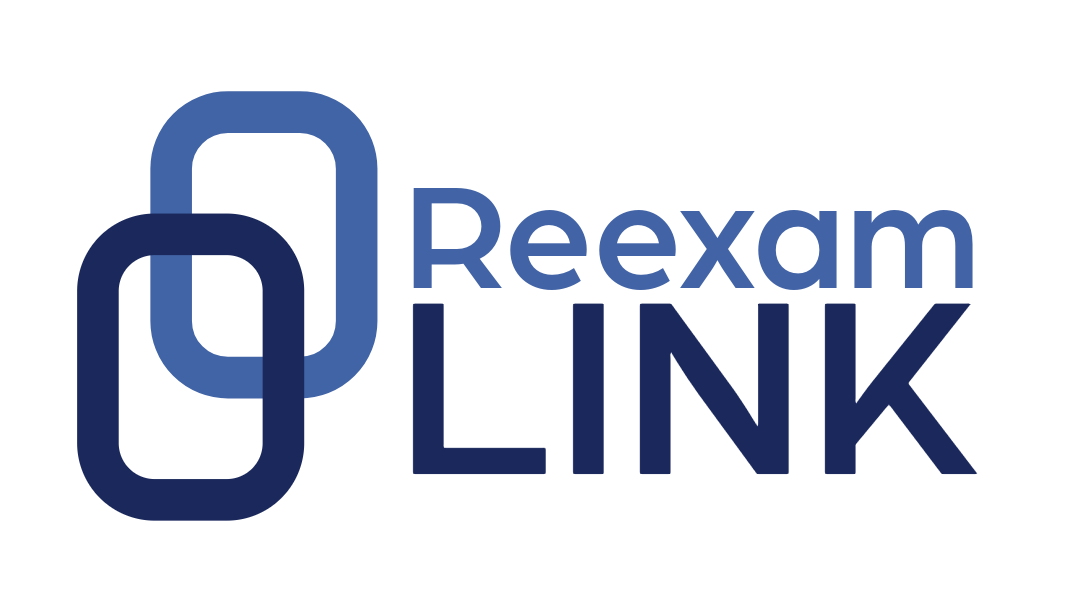Now that the America Invents Act has become law there are several new provisions for patent challengers to consider. For example, the Act includes:
- preissuance submissions by third party challengers (Sec. 8 — see the last post);
- Post-Grant Review (Sec. 6 – see slides*);
- Inter Partes Review (Sec. 6 – see slides*);
- Business Method Transitional Proceedings (Sec. 18 – see slides*); and
- Formation of the Patent Trial and Appeals Board (PTAB) (Sec. 7 – see slides*).
(*Many of the features of the last 4 bullet items on this list are discussed in my PowerPoint slides presented at the AIPLA Electronics and Computer Law Summit on August 16, 2011.)
In the new post-grant review system, Post-Grant Review and Inter Partes Review proceedings are handled by the PTAB, but the CRU will still handle ex parte reexamination. Therefore, a major change in processing of appeals occurs with this new law:
- The Patent Owner in an ex parte reexamination will retain a right to appeal adverse decisions to the PTAB (formerly, the Board of Patent Appeals and Interferences), and then to the Federal Circuit.
- However, appeals in Post-Grant Review and Inter Partes Review proceedings will be directly to the Federal Circuit.
So what does this change mean? Right now we can only speculate, but consider this:
- A decision to petition for post-grant review (PGR) or for inter partes review (IPRev) better first have factored in the possibility of a Federal Circuit appeal in case things don’t go as planned in the PTAB. This is especially important for high-stakes matters. And perhaps by definition each PGR matter is a high-stakes matter (see my posts on PGR estoppel provisions here and here).
- We may have to look at interference reversal rates to get a sense of how frequently the Federal Circuit has reversed the BPAI in order to estimate the efficacy of a Federal Circuit appeal from the PTAB.
- You will need a highly technical and clear record in the PTAB motion practice to enhance your chances of success in the Federal Circuit should your PTAB effort fail.
- The delay in appeals in PGR and IPRev procedures may take substantially less time since there is one less step than the PTAB/Federal Circuit path of ex parte reexamination or the BPAI/Federal Circuit path of traditional reexamination.
But don’t get your hopes up for a swifter appeals process just yet. Professor Hal Wegner of Foley & Lardner and other persons well-connected to what is going on in Washington are reporting that there is going to be even less funding for the Patent Office to roll out these new procedures. After all, the Act did not prevent fee diversion and there are general reductions in spending that are affecting the Patent Office budget. So it may be a while before the Patent Office can adequately staff up for the many administrative law judges and other personnel necessary to do a thorough and reasonably paced implementation of the changes introduced by the America Invents Act.
So practitioners need to consider a lot before pulling the post-grant trigger of Section 6 of the America Invents Act. And post-grant review is especially leveraged, considering the possibility of a Federal Circuit appeal, the estoppel provisions of the Act if you fail, and that the petition has to be filed within 9 months of issue.
Vince Lombardi could have been talking about post-grant review when he said: “Winning isn’t everything, it’s the only thing.” Or was that Charlie Sheen???

Leave a Reply